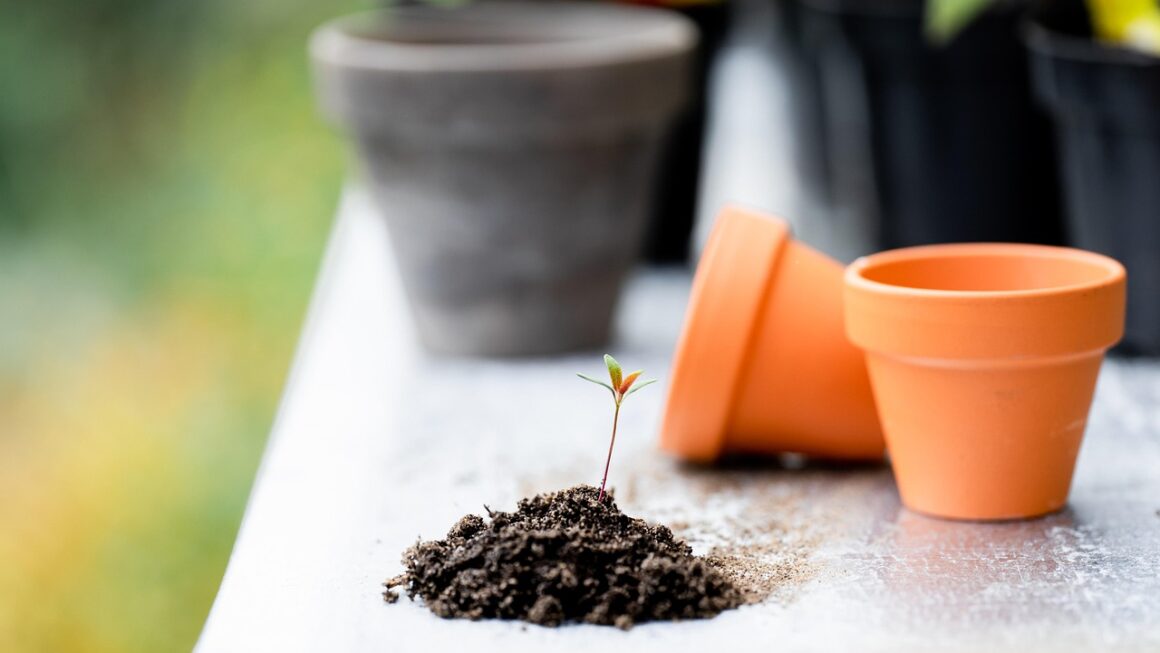Choosing the right garden tools can be the difference between a thriving, enjoyable gardening experience and a frustrating, back-breaking chore. From cultivating the soil to harvesting your bounty, having the right tools not only saves time and effort but also ensures you’re working efficiently and effectively. Let’s delve into the world of essential garden tools, equipping you with the knowledge to select the best equipment for your needs.
Essential Hand Tools for Every Gardener
Hand tools are the foundation of any gardener’s arsenal. They provide precision and control for tasks that require a delicate touch. Investing in quality hand tools will pay dividends in the long run.
Trowels and Hand Forks
- Trowel: A trowel is a small, pointed hand tool used for digging small holes, transplanting seedlings, and weeding. Look for trowels with sturdy, comfortable handles and blades made of stainless steel or carbon steel for durability.
Example: A stainless-steel trowel with an ergonomic handle is ideal for planting annuals in flower beds.
- Hand Fork: A hand fork, also known as a garden fork, is used for loosening soil, mixing in amendments, and weeding. Choose a hand fork with strong tines that won’t bend easily.
Example: Use a hand fork to gently loosen compacted soil around established plants before adding fertilizer.
Pruners and Loppers
- Pruners (Hand Pruners/Secateurs): Pruners are essential for trimming small branches, deadheading flowers, and shaping plants. There are two main types:
Bypass Pruners: These provide a clean, precise cut, ideal for live plants.
Anvil Pruners: These are better suited for dead or dry wood as they crush the stem during cutting.
Example: Use bypass pruners to remove dead leaves from a rose bush or to shape a small shrub.
- Loppers: Loppers are long-handled pruners used for cutting thicker branches that are beyond the reach of hand pruners.
Example: Loppers are perfect for trimming overgrown branches on fruit trees or removing deadwood from larger shrubs.
Weeding Tools
- Hand Weeder: These tools come in various shapes and sizes, designed to remove weeds without disturbing the surrounding soil.
Example: A fishtail weeder is excellent for removing dandelions by getting under the taproot.
- Hoe: A hoe is used for cultivating the soil surface, removing weeds, and creating rows for planting.
Example: A stirrup hoe is ideal for weeding large areas quickly and efficiently.
Long-Handled Tools for Comfort and Efficiency
Long-handled tools extend your reach and reduce strain on your back and knees, making gardening more comfortable and efficient.
Shovels and Spades
- Shovel: Shovels are used for moving large amounts of soil, digging holes, and transplanting larger plants. Look for shovels with strong blades and comfortable handles.
Example: Use a round-point shovel to dig a hole for planting a tree.
- Spade: Spades have a flat, square blade used for edging, slicing through roots, and lifting sod.
Example: Use a spade to create a clean edge along a garden bed or to divide perennials.
Rakes
- Leaf Rake: A leaf rake is used for gathering leaves, grass clippings, and other debris from your lawn and garden.
Example: A flexible leaf rake is perfect for collecting fallen leaves without damaging your lawn.
- Garden Rake: A garden rake (bow rake) is used for leveling soil, spreading mulch, and removing stones and debris from garden beds.
Example: Use a garden rake to prepare a seedbed for planting vegetables.
Hoes and Cultivators
- Hoe: As mentioned before, a hoe is crucial for weeding and preparing soil. Different types of hoes serve different purposes.
Draw Hoe: Used for creating furrows and moving soil.
Stirrup Hoe (Oscillating Hoe): Excellent for shallow weeding with a back-and-forth motion.
Example: Use a draw hoe to create rows for planting seeds and a stirrup hoe to quickly weed between rows.
- Cultivator: A cultivator is used for loosening and aerating the soil, especially in established garden beds.
Example: Use a cultivator to break up compacted soil around vegetable plants.
Power Tools for Larger Gardens
For larger gardens, power tools can significantly reduce the time and effort required for tasks like tilling, mowing, and trimming.
Tillers and Cultivators
- Tillers: Tillers are used for breaking up large areas of soil, preparing the ground for planting.
Example: A rear-tine tiller is ideal for breaking up compacted clay soil.
- Power Cultivators: Smaller and lighter than tillers, power cultivators are used for cultivating and weeding garden beds.
Example: A small electric cultivator is perfect for maintaining flower beds.
Lawn Mowers and Trimmers
- Lawn Mowers: Essential for maintaining a healthy lawn, lawn mowers come in various types:
Push Mowers: Manual mowers that require physical effort.
Gas-Powered Mowers: Powerful mowers suitable for large lawns.
Electric Mowers: Environmentally friendly and easy to use.
Example: An electric lawn mower is a good choice for small to medium-sized lawns.
- String Trimmers (Weed Whackers): Used for trimming grass and weeds along edges, fences, and other hard-to-reach areas.
Example: Use a string trimmer to trim grass along the edge of your sidewalk.
Hedgers and Chainsaws
- Hedge Trimmers: Used for shaping and trimming hedges and shrubs.
Example: Use a hedge trimmer to maintain a neatly shaped hedge.
- Chainsaws: Used for cutting down trees, pruning large branches, and clearing brush. Note: Chainsaws should only be used by experienced individuals with proper safety equipment.
Example: Use a chainsaw to remove a fallen tree branch after a storm.
Specialty Tools for Specific Tasks
Certain gardening tasks require specialized tools to ensure efficient and effective results.
Soil Testing Kits
- Purpose: Determine the pH level and nutrient content of your soil. This information helps you choose the right fertilizers and soil amendments.
Example: Use a soil testing kit to determine if your soil is acidic or alkaline before planting acid-loving plants like blueberries.
Watering Tools
- Watering Can: A traditional tool for watering individual plants.
Example: Use a watering can to gently water seedlings.
- Garden Hose and Sprinkler: Essential for watering larger areas.
Example: Use a sprinkler to water your lawn or vegetable garden.
- Soaker Hose: Delivers water directly to the roots of plants, reducing water waste and minimizing the risk of fungal diseases.
Example: Use a soaker hose to water your tomato plants.
Harvesting Tools
- Harvesting Knife or Scissors: Used for harvesting fruits, vegetables, and herbs.
Example: Use a harvesting knife to cut lettuce leaves or harvest tomatoes.
- Potato Fork: A specialized fork used for digging up potatoes and other root vegetables without damaging them.
* Example: Use a potato fork to carefully lift potatoes from the soil during harvest.
Conclusion
Investing in high-quality garden tools is an investment in your gardening success and enjoyment. By selecting the right tools for your needs and maintaining them properly, you can make gardening easier, more efficient, and more rewarding. Whether you’re a seasoned gardener or just starting out, having the right tools at your disposal will help you create a beautiful and productive garden. Remember to clean your tools after each use, store them properly, and sharpen them regularly to keep them in optimal condition for years to come. Happy gardening!




